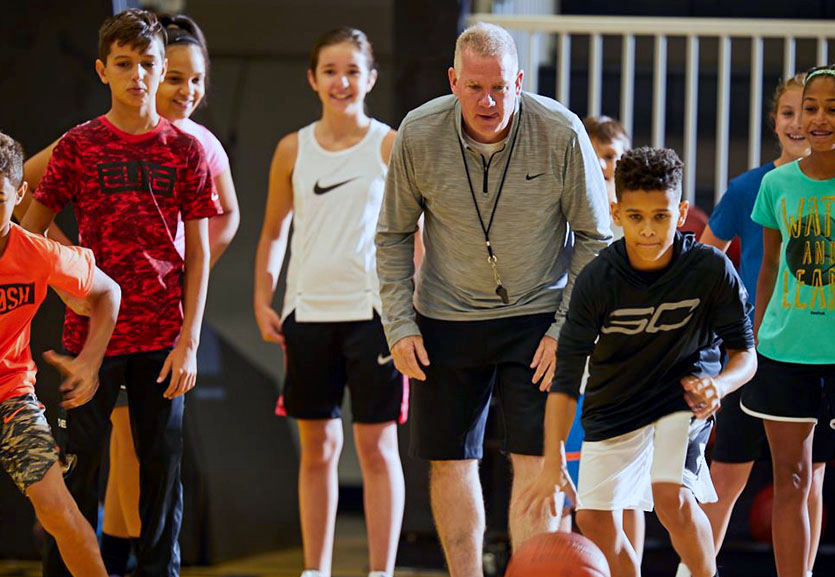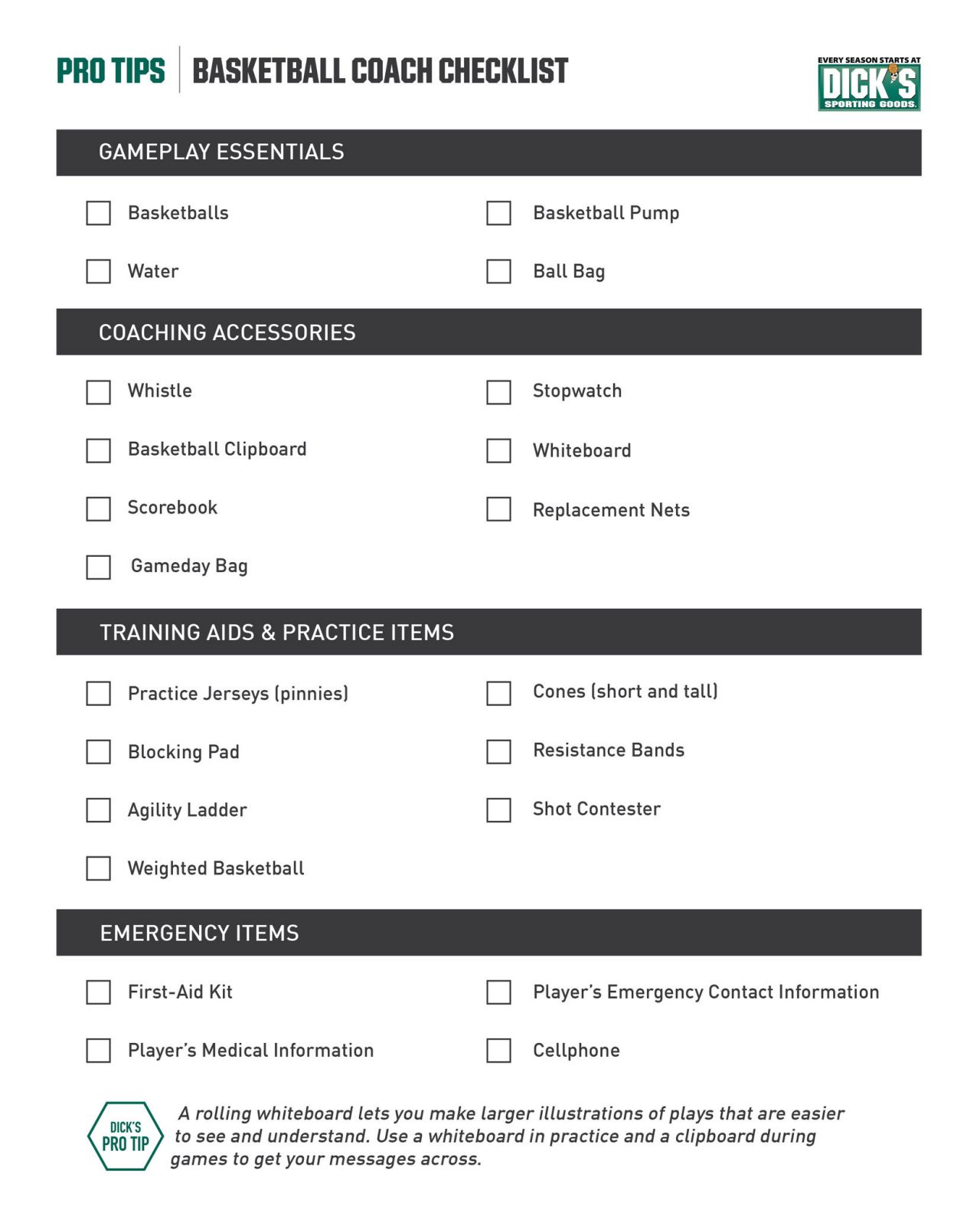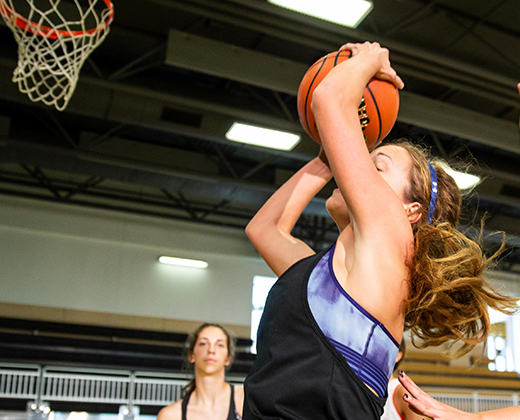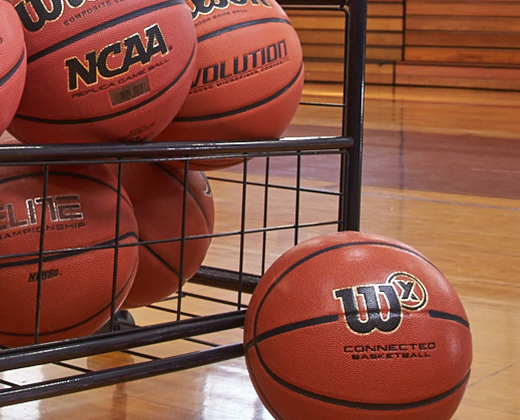Basketball Coach Checklist
Come to the court prepared with the equipment and coaching accessories you'll need this season.

As is the case in any sport, the start of a new season signals the beginning of equipment inventory – and not just for players. Coaches should put their preparation in a full-court press by following this checklist to give their teams the best chance to succeed. Having the proper gear this year can make a huge difference in how well you and your team can perform.
Basketball coaches don’t necessarily need to bring a wide variety of equipment, but there are some must-haves you can’t show up to practice or games without. Your players should be expected to bring some of their own gear, such as their basketball shoes and apparel. However, you should always have extras on deck.
For starters, you’ll need enough basketballs to run an efficient practice. The exact number will depend on your roster size and the drills you plan to execute at practice, but it’s up to you to make sure that you have enough or that your gym supplies them. You should also carry a basketball pump, in case your basketballs lose air and need to be reinflated.
You should also keep a whistle and stopwatch in your bag. According to former collegiate coach and DICK’S Sporting Goods Associate Derek Liebert, the head coach is typically the only one who uses a whistle during practices since they are the ringleader of the drills and scrimmages. A stopwatch can be useful when monitoring drills, tracking time on the court and timing fast breaks.
A basketball clipboard or large whiteboard should also be in your arsenal. These can be used to draw up and illustrate schemes and plays, or even list the tasks scheduled for that day’s practice. Be sure to pack extra whiteboard markers, pens or pencils as well.
To run a more productive practice, consider incorporating training aids into drills to work on specific skill sets. Cones — both short and tall — can be set up for dribbling drills, shooting markers and other training methods. Liebert adds that a blocking pad, like those used in football practices, can be another great training aid for drills focused on rebounding and creating separation.
“You’ll do contact drills with these in the post, and it’s easier for players to work against the pad rather than someone’s arm,” Liebert says. “It’s better for the wear and tear put on your body in these situations.”
As your players’ skills progress, you can add other training aids to your equipment list. For example, you may choose to introduce more advanced items like resistance bands, weighted basketballs, agility ladders, shot contesters and more.
Practice jerseys (or pinnies) are good to have to help distinguish offenses from defenses during drills and play as well.
Be sure to have plenty of water available for your players as well as a first-aid kit on hand. Plus, have everyone’s medical contact information with you in case of emergency. Keep your cell phone charged and at the ready if you need to get in touch with a parent or guardian.
Finally, one way to keep your team organized is by using DICK’S Team Sports HQ. This coach’s resource offers benefits like online management software to help with registration, scheduling and communication with parents and players. With TSHQ, you can even design custom uniforms and fan gear.
*Click to enlarge and print.









